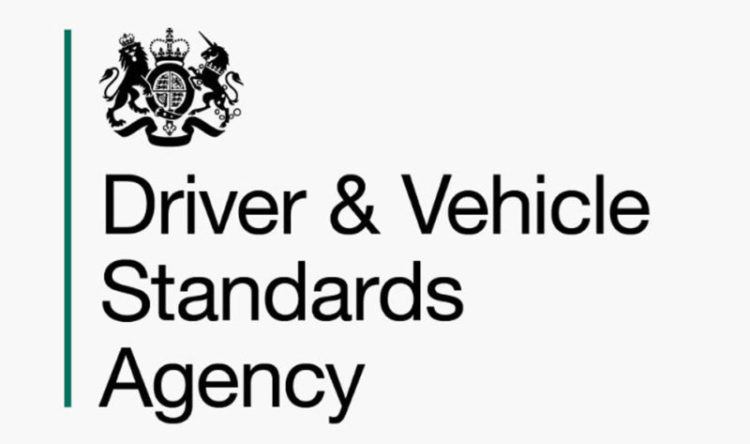HGV driver training review anounced
Government looks for more ways to improve the appeal of becoming an HGV driver
The Government has launched a review into HGV driver training. They searching for ways of reducing the burden for existing and returning heavy goods vehicle (HGV) drivers.
HGV drivers currently need to undergo five days of periodic training every five years. This is to ensure they remain are safe a responsible drivers when driving heavy goods vehicles (HGVs) and buses professionally. The assessment also ensures drivers are up to date with the latest road safety standards.
Training was introduced under an EU initiative and is compulsory within what is known as the Driver Certificates of Professional Competence (DCPC) regime. However, many drivers are left to pay for the training themselves, whilst also missing out on pay whilst attending the courses. Feedback from industry suggests this is putting off many drivers who have left the profession from returning.
The review will look at how the process can be updated, reducing the burden on drivers and ensuring it does not act as a barrier to working in the sector.
Shortages
According to the Road Haulage Association (RHA) there is an estimated shortage of 100,000 HGV drivers in the UK. Long-term recruitment issues are being exacerbated by Brexit and Covid-19.
Government has already extended the permitted hours drivers can work and also prioritised HGV driver testing through the DVSA. Transport secretary Grant Shapps say government is “listening to industry”, and the review is part of this process.
“We understand it’s vital for drivers to remain fully qualified – but we’re looking to ensure they can do so in the most efficient way possible whilst maintaining road safety standards.
“No driver should be out of pocket or out of work through no fault of their own.
Waiting lists
A recent freedom of information (FOI) request from Driver Hire Training suggested that almost two-thirds (62%) of HGV test centres across the UK had a waiting list of at least 11 weeks, with some test centres facing a 24-week wait.
The research revealed that the average waiting time across all UK test centres was nine weeks. However, Aberdeen, Lerwick and Machrihanish are at 24 weeks. Cumbria, the Isle of Wight and South Yorkshire have the average shortest waiting times of just one week.
Government says that the number of weekly HGV tests available has increased by 90%. The DVLA has processed over 40,000 HGV and vocational licence applications in four weeks. They are providing 1,350 more tests than normal a week at sites all over the country.
DVLA reports a 90% increase in the number of people requesting vocational licence application packs each week.
Better facilities
The Government is working with key stakeholders to identify a number of lorry parks across the country. It is hoping where short-term facilities can be delivered in the coming months.
It follows the £32.5 million recently committed in the Chancellor’s budget to provide better facilities for HGV drivers. The lack of facilities and their low quality is as a serious issue for existing and new drivers.
A £20m grant scheme provides funding to encourage the move of more freight from the country’s roads. Railways and inland waterways are the obvious alternatives. The government wants to take 29,000 lorry loads off the roads over the next 12 months.
Industry support
Director of policy at Logistics UK Elizabeth De Jong believes the review will support “efforts to attract” drivers to the sector.
“Inadequate driver facilities across the roads network have led to a negative impression of our industry, creating a barrier to entry to our sector and are an issue that Logistics UK has been campaigning on for many years; we are pleased that the Government has listened to our concerns and will move forward with a rapid programme of improvements.
“Meanwhile, the extra funding for the Mode Shift Revenue Support scheme will help industry to reach net zero emission targets while reducing road congestion.”







